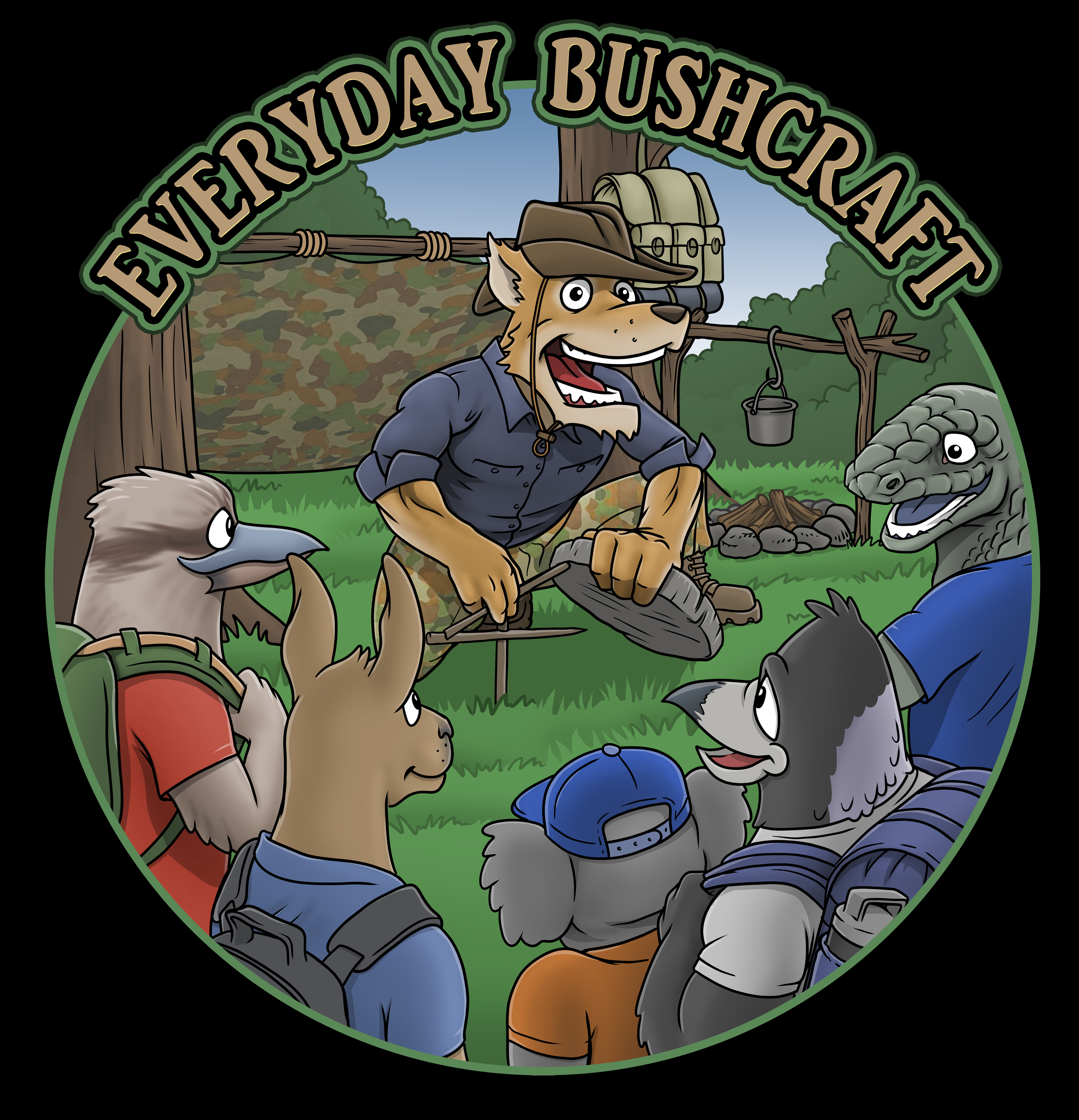Essential First Aid Kit for Hiking Adventures: A beginners Guide
- gbucknell

- Mar 28, 2024
- 2 min read
Embarking on a hiking trip is an exhilarating experience, offering breathtaking scenery and a chance to connect with nature. However, the great outdoors also present potential hazards that hikers need to be prepared for.
Carrying a well-equipped first aid kit is essential for addressing common injuries that may occur on the trail. In this guide, we'll cover the fundamental items necessary to handle various bush injuries, ensuring a safer and more enjoyable hiking experience.
1. Blister Control: Blister prevention is key, but sometimes blisters can still occur, especially on long hikes. Include the following in your first aid kit:
Moleskin or blister pads to protect sensitive areas.
Adhesive bandages of various sizes.
Antiseptic wipes to clean the area before applying any treatment.
Petroleum jelly or anti-friction sticks to reduce friction and prevent blisters from forming.
2. Snakebite: While encountering a snake on the trail is rare, it's crucial to know how to respond if a bite occurs:
Carry a snakebite kit containing at least 2 snakebite compression bandages, a gauge pad to place over the bite site before wrapping with compression bandages, a SAM splint and crepe bandages to wrap the splint and immobilise the limb. Remain calm and immobilize the affected limb to slow down the spread of venom. Seek medical assistance immediately. Do not attempt to suck out venom or apply a tourniquet, as these methods can worsen the situation. These techniques require practise and you should also attend an accredited course to learn the correct methods for safety and maximum effectiveness.
3. Fractures and Sprains: Injuries such as fractures and sprains can happen when navigating uneven terrain:Triangular bandages or elastic bandages for stabilising fractures or supporting sprained joints. Instant cold packs to reduce swelling and alleviate pain. Ibuprofen or other pain relievers to manage discomfort.
4. Puncture Wounds: Sharp objects like thorns or branches can cause puncture wounds: Sterile gauze pads and adhesive bandages to cover and protect the wound. Antiseptic solution or wipes to clean the area and prevent infection. Tweezers for removing any embedded debris.
5. General Supplies: In addition to injury-specific items, include these essential supplies in your first aid kit:Latex or nitrile gloves to protect against bloodborne pathogens and maintain hygiene. Scissors and tweezers for cutting bandages and removing splinters or ticks. CPR face shield or barrier device for performing CPR safely.Personal medications and a list of emergency contacts.
6. Additional Considerations:Customize your first aid kit based on the duration and difficulty of your hike. Regularly check and replenish supplies to ensure everything is up-to-date and in good condition. Familaliarize yourself with basic first aid techniques and wilderness first aid courses for handling emergencies effectively.
Conclusion: A well-prepared first aid kit is a hiker's best companion on the trail, providing peace of mind and the ability to address injuries promptly. By including essential items for blister control, snakebites, fractures, puncture wounds, and other common bush injuries, you'll be better equipped to handle emergencies and enjoy your hiking adventures safely.
Remember, prevention is key, but being prepared for the unexpected can make all the difference in ensuring a successful outdoor excursion.
Training Providers: St Johns Ambulance provide training courses in each state, you should do the Basic First Aid and CPR as.a minimum.









Comments